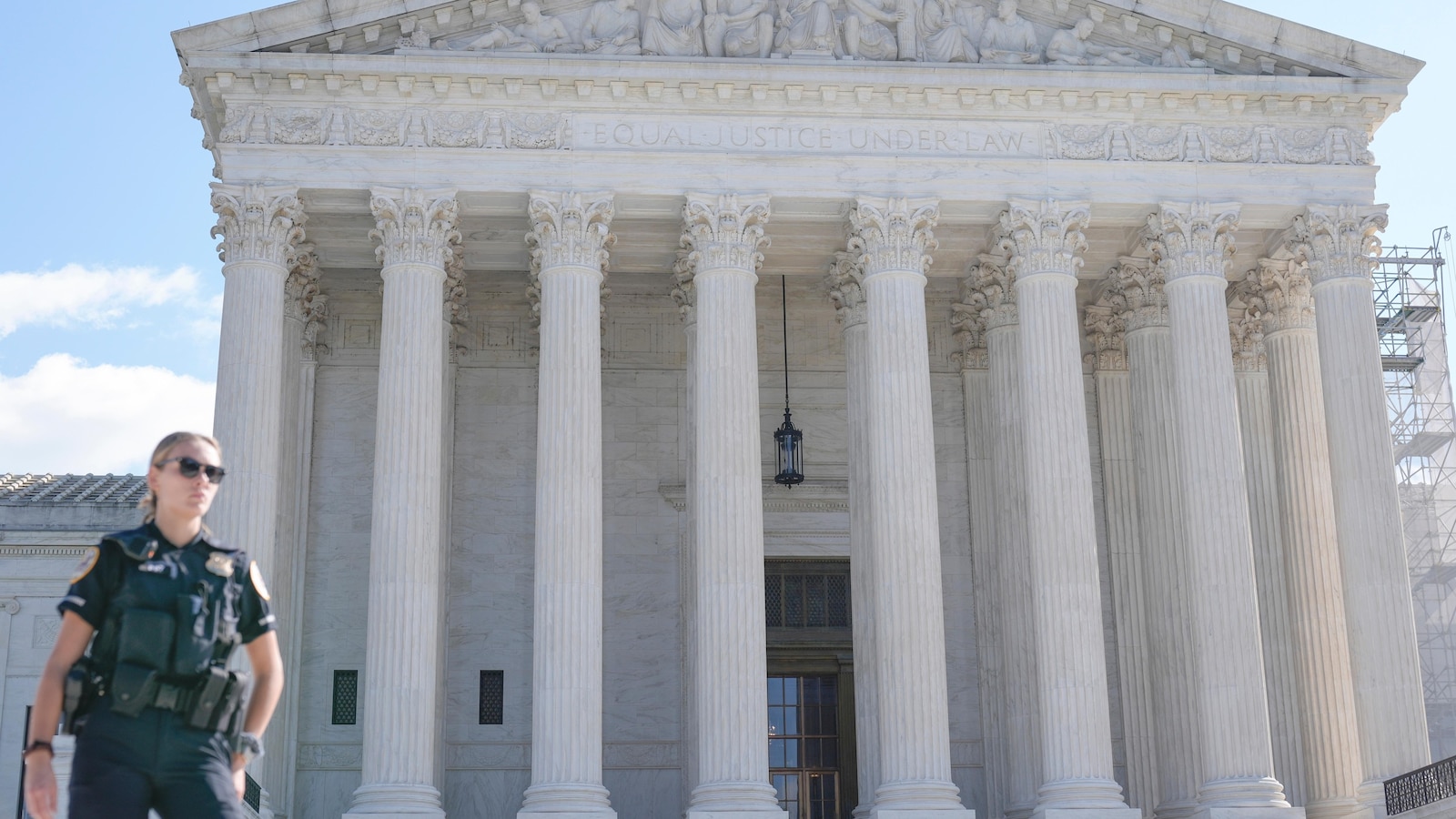WASHINGTON — The Supreme Court on Wednesday allowed a Biden administration regulation aimed at limiting planet-warming pollution from coal-fired power plants to remain in place as legal challenges play out.
The justices rejected a push from Republican-led states and industry groups to block the Environmental Protection Agency rule, marking the third time this month the conservative majority has left an environmental regulation in place for now.
One justice, Clarence Thomas, publicly dissented.
Two other conservative justices, Brett Kavanaugh and Neil Gorsuch, said in a brief order they thought the challengers would likely win on at least some of their claims eventually. But the rule doesn’t need to be blocked now because compliance work wouldn’t have to begin until June 2025 and the case could end up back before the high court relatively quickly, Kavanaugh wrote.
Justice Samuel Alito did not take part.
The rule requires many coal-fired power plants to capture 90% of their carbon emissions or shut down within eight years, though deadlines do not take effect for several years. The challengers argued that the EPA overstepped and imposed unattainable standards.
Rich Nolan, president and CEO of the National Mining Association, said his group would continue to fight the rule. He said it would require power plants to use unaffordable technology or shut down at a time when the nation’s electricity demand is forecast to double. “If this rule is allowed to stand the results for the American people and economy will be catastrophic,” he said,
The power industry is the nation’s second-largest contributor to climate change, and the rule is a key part of President Joe Biden’s pledge to eliminate carbon pollution from the electricity sector by 2035 and economy-wide by 2050.
The Natural Resources Defense Council said the new standards are modest but vital, and the court’s decision to leave them in place is a win for common sense. “This warrants a sigh of relief from the millions of Americans experiencing the impact of the climate crisis,” said attorney Meredith Hankins.
The Supreme Court earlier this month also left two other regulations aimed at reducing industry emissions of planet-warming methane and toxic mercury in place for now.
Other environmental regulations have not fared well before the conservative-majority court in recent years. In 2022, the justices limited the EPA’s authority to regulate carbon dioxide emissions from power plants with a landmark decision. In June, the court halted the agency’s air-pollution-fighting “good neighbor” rule.
Another ruling in June, overturning a decades-old decision known colloquially as Chevron, is also expected to make environmental regulations more difficult to set and keep, along with other federal agency actions. The U.S. Chamber of Commerce cited that ruling in court papers supporting the challenge in the coal plant case.
An appeals court had allowed the EPA’s new power plant rule to go into effect.
A panel of three judges — two nominated by Democratic President Barack Obama and one by Republican President Donald Trump — found that the states were not at risk of immediate harm because compliance deadlines do not take effect until 2030 or 2032.
The EPA projects the rule would yield up to $370 billion in climate and health net benefits and avoid nearly 1.4 billion metric tons of carbon pollution through 2047, equivalent to preventing annual emissions of 328 million gasoline-powered cars.

